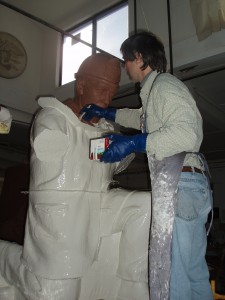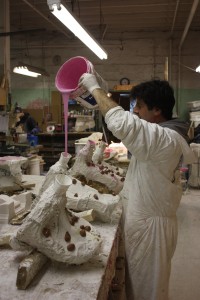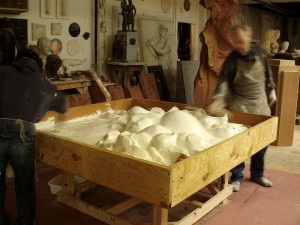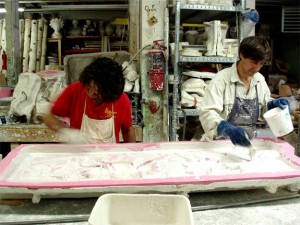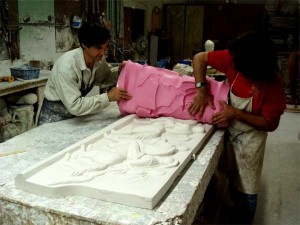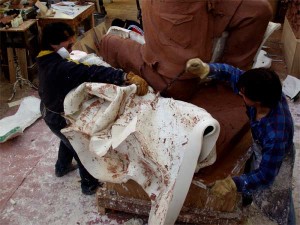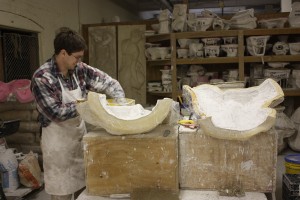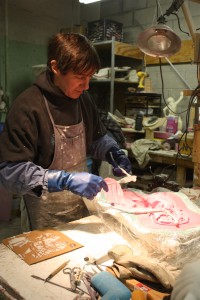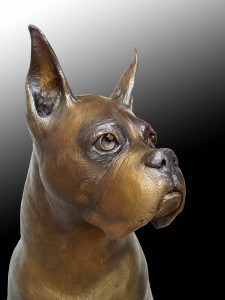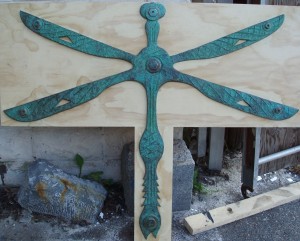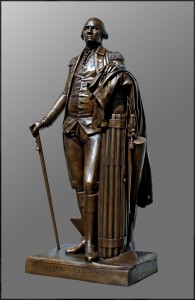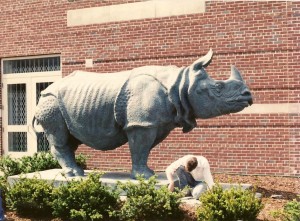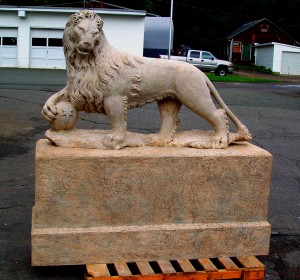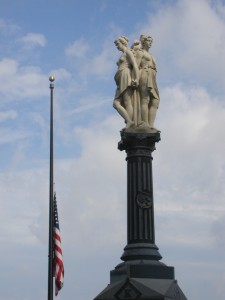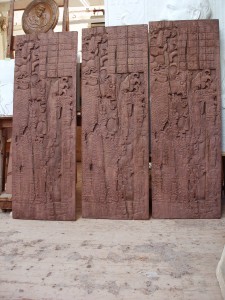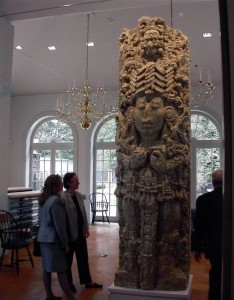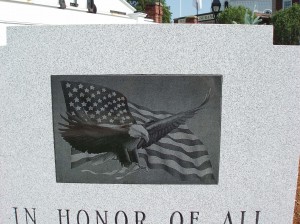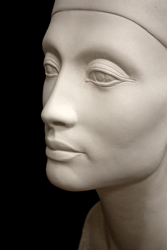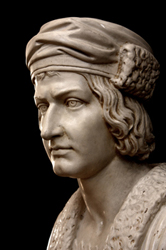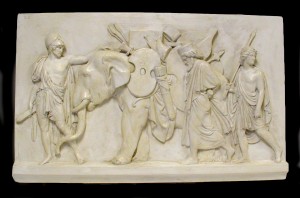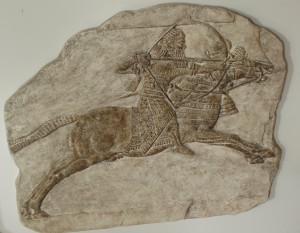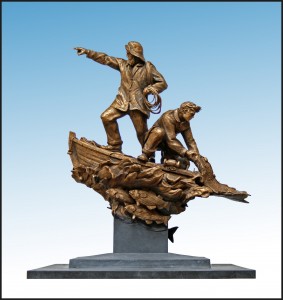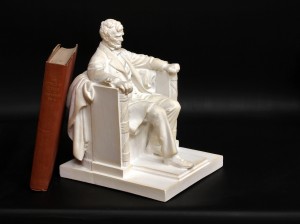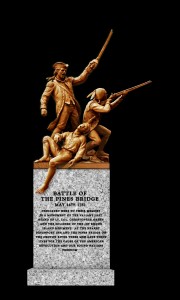Time-honored techniques for moldmaking and casting have been passed down through the studio’s history of craftsmanship. In conjunction with this, newer materials including moldmaking rubbers and bonded casting materials are used to work within the traditional techniques. Molds of all types are being poured daily including those for intricate, small pieces of sculpture as well as monumental blanket molds. Many of our sculptures and monuments are cast in bronze although other mediums, such as cement, gypsum, resins, and bonded materials are employed.
Moldmaking
To create one copy or multiple copies of a sculpture, the fabrication of a mold is the first step. The mold is a copy of the sculpture in the negative. Skylight Studios uses silicon or polyurethane flexible rubber and plaster to create the mold and the mother mold which secures the shape of the rubber. Other materials may be used for moldmaking depending upon the ultimate material the sculpture will be cast in. The highest possible level of detail and accuracy of form is produced in our molds.
Casting
After the mold is completed, a cast is created by pouring, brushing or spraying the desired material into a cavity in the mold. Skylight Studios regularly creates bronze, resin, and plaster copies for sculptors although other mediums, such as cement, specialty gypsum, and bonded materials, are also options.
Sculpture Material Choices
Depending on environment, aesthetic qualities, and budget, Skylight Studios can fabricate sculpture in a wide variety of materials. Some samples are below.
Bronze
Bronze is the most enduring, maintenance free and beautiful of materials. Bronze is very well suited for all environments – indoors and outdoors, as well as any climate. It can be finished in a variety of patinas.
Reinforced Polyester Resin (FRP)
FRP is an extremely viable alternative to bronze at times, as it is also suitable for outdoors and can be finished to look like many other natural materials including metal, stone, wood, and precast cement. It can also receive a polychromed finish. It is extremely lightweight in comparison to bronze and can be cast and completed in shorter time-frames. FRP is also commonly used in architectural and ornamental elements, whether new or a replication.
Granite & Stone
Skylight Studios sources some of the best granite and stone, and often incorporates such material within a memorial setting. Elements commonly fulfilled with granite are benches, bases for sculptures and walkways. Granite can also be inscribed with text, logos, drawings or photographs to further enhance a monument or memorial. Granite is often the perfect complement to bronze art, as it is not only enduring, but pairs aesthetically as well.
Plaster
Plaster can only be displayed indoors, as it is not resistant to the elements outside. However, it can be a beautiful and pleasing material for original sculpture, reproductions, or casts for artists’ study. Plaster can also be finished in a wide variety of patinas and can be cast in a shorter time-frame than bronze.
Resin & Plastics
Polyurethane resin is a pourable casting material and is often a substitute for plaster. Resin and other plastics are extremely strong materials, and they can be finished in a choice of patinas. Also, color patina can be mixed with the resin so the color becomes intrinsic to the sculpture.

